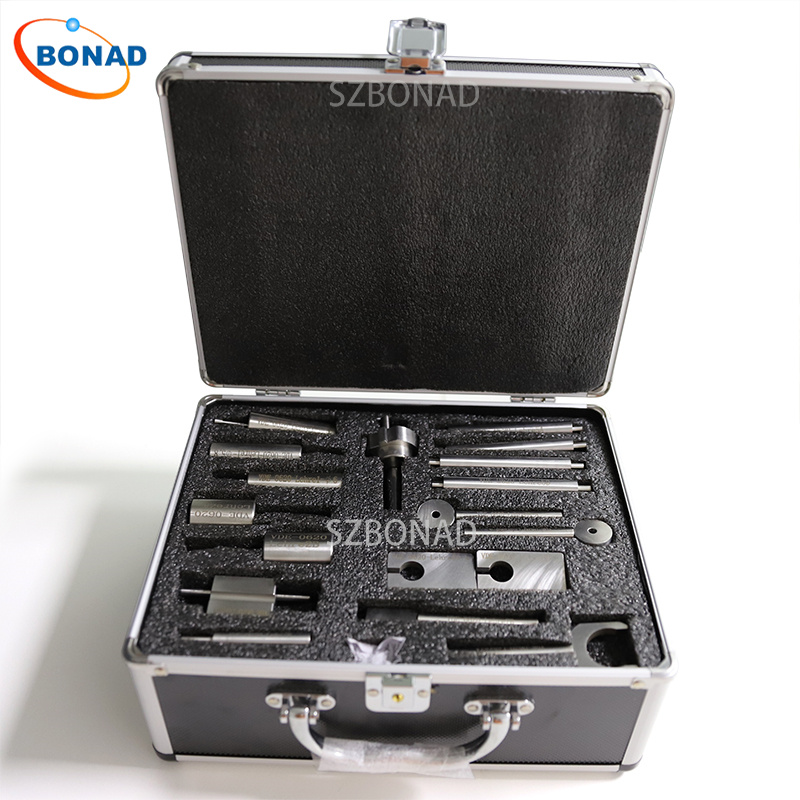When it comes to ensuring product safety and compliance, several certification marks play a crucial role. Among these are UL, CE, EMC, FCC, and CSA marks. Each of these marks signifies that a product meets specific safety or regulatory standards, but they apply in different regions and contexts.
The UL Listing Mark
The UL Listing Mark is one of the most recognized symbols of safety assurance. When a product bears this mark, it indicates that Underwriters Laboratories has tested samples and confirmed they meet UL’s stringent safety standards. These standards are primarily based on published guidelines for safety. You will often find this mark on household appliances, computer equipment, heating systems, smoke detectors, and even personal flotation devices. Verification of product testing can be accessed through UL’s online directories.
The CE Mark
In Europe, the CE mark acts as a “passport” for products within the European Union’s internal market. It certifies that a product complies with EU health, safety, and environmental regulations designed to protect consumers and workers. Manufacturers both within and outside the EU must affix this mark to products covered by the “New Approach” directives to sell them in Europe. Once a product has received the CE mark, it can circulate freely within the EU without further modifications.
Most products under these directives can be self-certified by manufacturers without needing independent testing from an EU-authorized body. To self-certify, manufacturers must ensure their products conform to applicable directives and standards. Although using EU harmonized standards is technically voluntary, it is often the best way to comply with CE mark requirements as these standards provide specific guidelines for meeting safety criteria.
The FCC Mark
In the United States, the Federal Communications Commission (FCC) regulates interstate and international communications via radio, television, wire, satellite, and cable. Established by the Communications Act of 1934, the FCC’s jurisdiction includes all 50 states and U.S. territories. Devices operating at or above 9 kHz must undergo testing according to FCC regulations to ensure compliance.
The CSA Mark
The Canadian Standards Association (CSA) is a nonprofit organization that develops standards to enhance public safety in Canada and internationally. As a Nationally Recognized Testing Laboratory familiar with U.S. requirements, CSA provides an alternative to the UL mark under OSHA regulations. CSA standards apply in areas such as electrical engineering and electromagnetic compatibility.
Each certification mark serves a unique purpose in ensuring product safety across different markets and industries. Understanding these differences helps manufacturers navigate regulatory landscapes effectively while maintaining high safety standards for their products.



